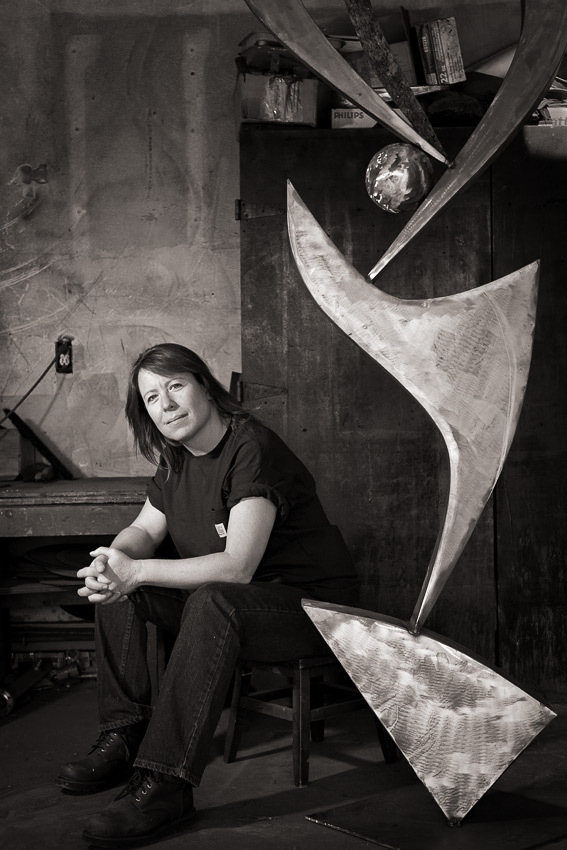– Destiny Allison
My work is conceptual. I begin each piece with a question, usually related to human roles or relationships. I examine myths, symbols, and the origins of how we define ourselves. My work takes me deep into personal experience as I try to understand events in my life. My work requires me to be academic. I study history, philosophy, religion and the origin of words to understand the things that have shaped me. Art is not merely a reflection of what we see in the world.
For me, art is a process of discovery where the work teaches me as much as I shape it. If a topic is worthy as a subject, I know little about it, even as it creates a deep emotional response in me. I explore what I do not know, seeking to give form and voice to the thing in each of us that is silent and tantric.
I use the language of shape. Through years of teaching and application, I understand that sculptural expression takes its root in the symbolism of geometric form. Each of us responds to shapes based on our personal experience. A triangle reminds us of a pyramid or mountain and our emotional response to that symbol is predictable. Triangles inspire us to climb.
They are hopeful, transcendent, highly energized and exhilarating. When I use a triangular shape in my sculpture to accentuate an expression, I am describing and qualifying the form of my sculpture like an adjective describes and qualifies a noun. The shapes I emphasize reflect a personal philosophy about my journey in life. The subjects I choose to sculpt are the landmarks that illuminate my path.
Sculpture has no boundaries. It is not contained within the covers of a book or the borders of a frame. It interacts perpetually with the space around it. Sculpture casts a shadow. It will not break if I bump into it. It remains constant, a moment in time, a living thing.
Steel is exciting to me as a medium because it can have an exceptional softness in the final finish. I achieve a combination of organic forms and geometric shapes through the use of my MIG welder and plasma cutter. I create my colors by applying acid patina and heat to the raw metal, after the form has been completed. The combination of techniques allows me the freedom to explore relationships between emotional and intellectual responses to experience.
I often refer to my studio as my dungeon. I feel like the Greek god, Hephaestus, who was relegated to the bottom of a volcano after he was horribly deformed. From his smoking, dirty pit he was able
to create the most beautiful metal art. Many believed his deformity enabled him to see beauty more fully. I take his deformity as a metaphor for the human condition, which is mine, and his stature as a god as a metaphor for divine intervention, for which I hope.
